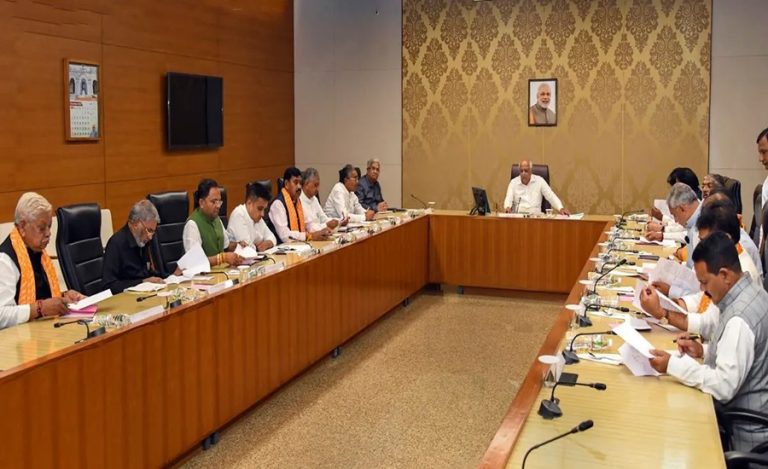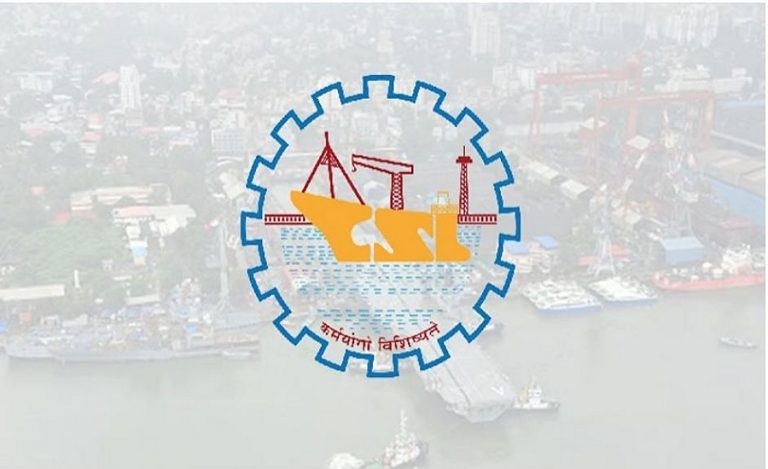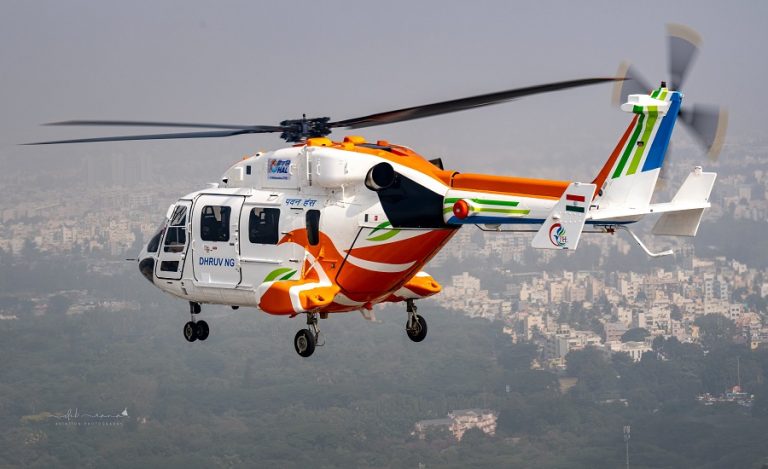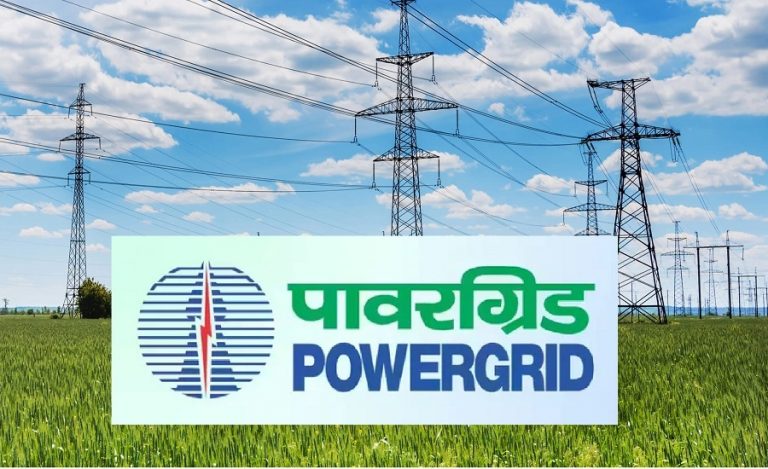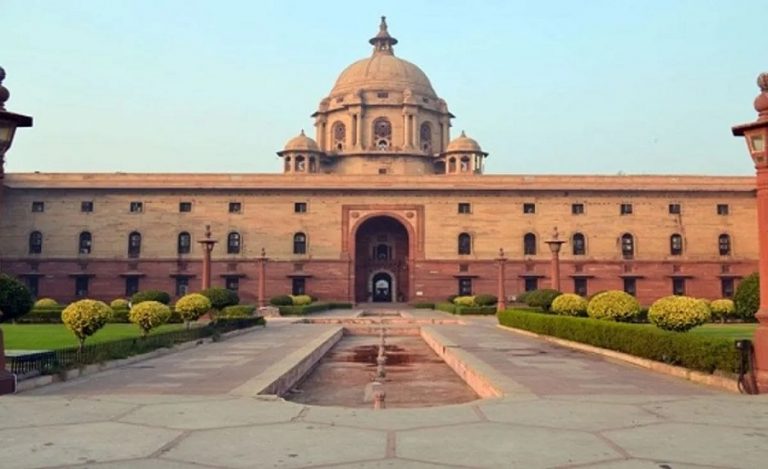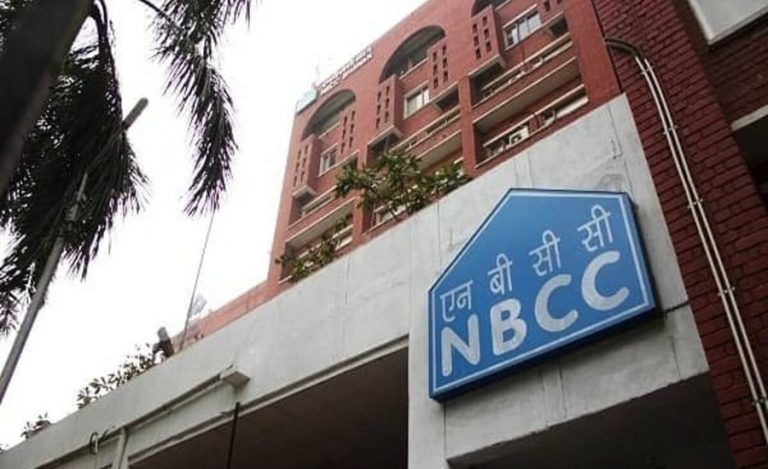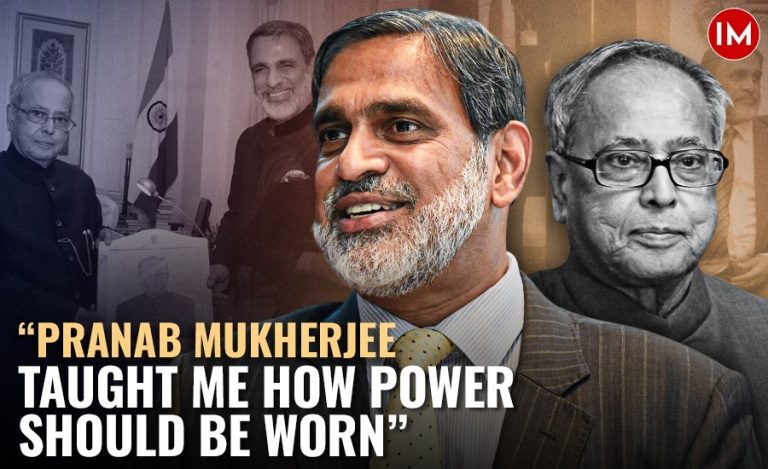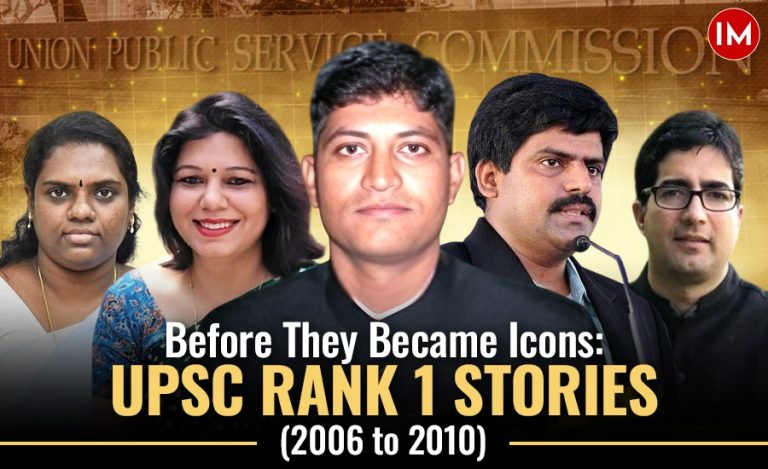New Delhi: Union Minister for Petroleum and Natural Gas, Hardeep Singh Puri, on Friday outlined India’s multifaceted approach to achieving energy self-reliance, even as the country continues to rely heavily on fuel imports to meet its burgeoning energy demands.
Speaking at the Pioneer Biofuels 360 Summit in the national capital, Puri spotlighted India’s advances in bioenergy, ethanol blending, and natural gas production, while emphasizing the need for continued import diversification and domestic production ramp-up.
India’s Bioenergy Push Gains Ground
Puri announced that 113 compressed biogas (CBG) plants are currently operational, with another 73 under construction, reflecting growing momentum in the clean energy space. The adoption of CNG-compatible car models was cited as a success story in India’s journey towards a greener transport ecosystem.
“India’s ethanol journey is unstoppable,” the Minister declared during a fireside chat, adding that ethanol blending stood at just 1.53% in 2014, and has now reached 20% (E20)—five years ahead of the original 2030 target.
He attributed this achievement to robust policy support, including guaranteed ethanol pricing, flexibility in feedstock usage, and the expansion of distillation capacity. Ethanol blending, Puri stressed, is more than a fuel strategy—“it is about empowering Annadatas (farmers) and turning them into Urjadatas (energy providers).”
Debunking Myths Around Ethanol
Amid concerns raised by certain industry lobbies, Puri reassured that no engine failures or breakdowns have been reported since E20 became the base fuel 10 months ago. He cited Brazil’s long-standing use of E27 fuel as proof of the blend’s safety and effectiveness.
Highlighting the ₹1.4 lakh crore saved in foreign exchange and over ₹1.21 lakh crore income to farmers from ethanol procurement over the past 11 years, he called the shift a “transformational move” that contributes to both climate goals and rural prosperity.
Domestic Production Rising, But Imports Still Critical
Despite this progress, India still imports 80% of its oil and 50% of its natural gas. The Minister acknowledged this dependency, stating:
“A country like India, which has these challenges, is moving in the direction of self-sufficiency, but it’s going to take time.”
India’s natural gas production is growing at 18% per year, while domestic refineries and exploration efforts are being expanded. At the same time, India has diversified its oil and gas imports from about 40 countries, underscoring its efforts to reduce geopolitical risk.
LPG and Energy Access
The country has made significant strides in energy access, with 33.5 crore LPG connections, including 10.5 crore under the Ujjwala Yojana. Yet, Puri noted that India still imports 60% of its LPG, illustrating the scale of energy demand.
read also: “Not Worried at all”: Hardeep Singh Puri Dismisses US Sanctions Over Russian Oil
Roadmap for Future: Flex-Fuel and SAF
Puri also touched upon the next phase of ethanol blending—moving towards E25, E27, and E30 fuels. Indian automobile manufacturers, he said, have already begun rolling out E85-compatible flex-fuel vehicles, supported by SIAM and BIS standards.
On Sustainable Aviation Fuel (SAF), he revealed that a blending mandate has been introduced, with targets of 1% SAF for international flights by 2027 and 2% by 2028. Indian Oil’s Panipat refinery has already started producing SAF from used cooking oil, showcasing innovation in India’s green transition.



